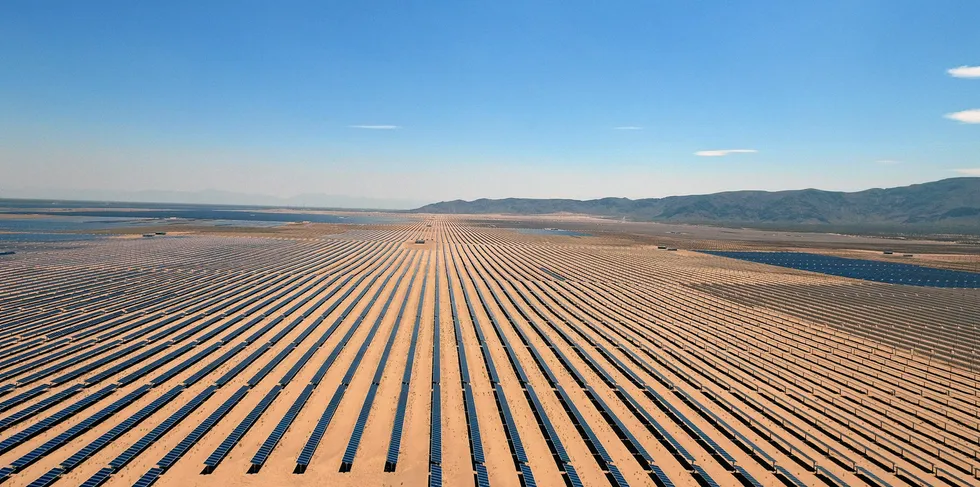Germany’s $1bn scheme to subsidise green hydrogen projects in non-EU nations gets green light
European Commission approves Berlin's H2Global initiative, which offers a route to market for large-scale renewable hydrogen facilities around the world

European Commission approves Berlin's H2Global initiative, which offers a route to market for large-scale renewable hydrogen facilities around the world
